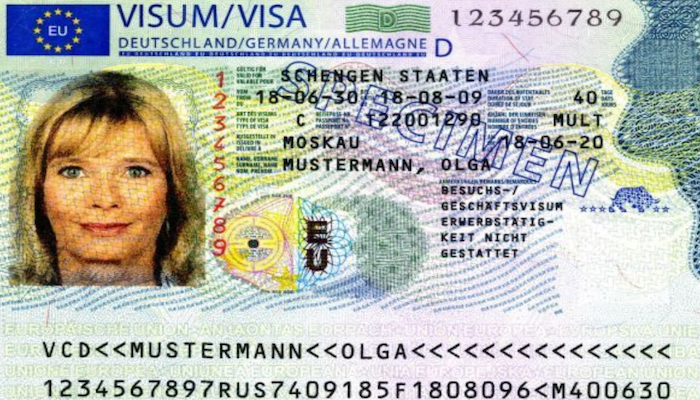
Muscat: A new visa system for Europe’s Schengen countries is set to be rolled out in May 2023, as part of long-standing changes being made to better regulate the arrival of people into the Schengen Zone.
The new system, called the European Travel Information and Authorisation System (ETIAS) aims to strengthen security checks on those persons who travel visa-free to the EU, currently nationals from over 60 countries.
However, people from countries that currently require a Schengen Visa will still be required to apply for one before travelling to the EU.
“The ETIAS authorisation is not a visa,” said a memo issued by the Directorate General for Communication of the European Commission. “Nationals of visa liberalisation countries will continue to travel the EU without a visa but will simply be required to obtain a travel authorisation via ETIAS prior to their travel. ETIAS will be a simple, fast and visitor-friendly system, which will, in more than 95 percent of cases, result in a positive answer within a few minutes.
“An ETIAS travel authorisation does not reintroduce visa-like obligations,” added the memo. “There is no need to go to a consulate to make an application, no biometric data is collected and significantly less information is gathered than during a visa application procedure.”
Whereas, as a general rule, a Schengen visa procedure can take up to 15 days, and can in some cases be extended up to 30 or 60 days, the online ETIAS application only takes a few minutes to fill in.
The ETIAS will work in tandem with the Entry Exit System (EES), which is set to be implemented in September 2022. It is an automated IT system for registering travellers from third-countries, both short-stay visa holders and visa exempt travellers, each time they cross an EU external border.
It will also record refusals of entry. EES will replace the current system of manual stamping of passports, which is time consuming, does not provide reliable data on border crossings and does not allow a systematic detection of overstayers. EES will contribute to prevent irregular migration and help protect the security of European citizens.
The proposal for the ETIAS was first put forward in 2016, and officially adopted in 2018.
“We need to know who is crossing our borders. By November, we will propose an automated system to determine who will be allowed to travel to Europe,” said then EU President Jean-Claude Juncker, during his State of the Union Address. “This way we will know who is travelling to Europe before they even get here.”
Following ratification from the EU Parliament, erstwhile Commissioner for Migration, Home Affairs and Citizenship Dimitris Avramopoulos said: “Anyone who poses a migratory or security risk will be identified before they even travel to EU borders, while the travel of bona fide travellers will be facilitated. I want to thank both rapporteurs for their leadership and commitment to building a safer union for our citizens"
Then-Commissioner for the Security Union Julian King added: “Our police officers and border guards need to have the right tools to do their jobs – keeping our citizens safe and our borders secure.”
ETIAS applicants will have to complete an online application via a dedicated website or an application for mobile devices. Filling in the application should not take more than 10 minutes and should not require any documentation beyond a travel document. In case of an inability to apply, applications may be submitted by a third person.
An electronic payment of a €7 fee (OMR 3.5) for each application will be required for all applicants between the ages of 18 and 70. The electronic payment methods will take into account technological advancements in the visa-free countries in order to avoid hindering visa-free third country nationals who may not have access to certain payment means.
There are currently 29 countries that make up the Schengen Zone, 26 of which are in the EU. These are Austria, Belgium, the Czech Republic, Denmark, Estonia, Finland, France, Germany, Greece, Hungary, Iceland, Italy, Latvia, Liechtenstein, Lithuania, Luxembourg, Malta, the Netherlands, Norway, Poland, Portugal, Slovakia, Slovenia, Spain, Sweden and Switzerland.
The three non-EU Schengen states are Norway, Iceland, and Switzerland. The ETIAS is expected to incorporate border controls for states that are part of the Schengen area, but do not fully implement the associated regulations, namely Croatia, Cyprus, Bulgaria, and Romania.